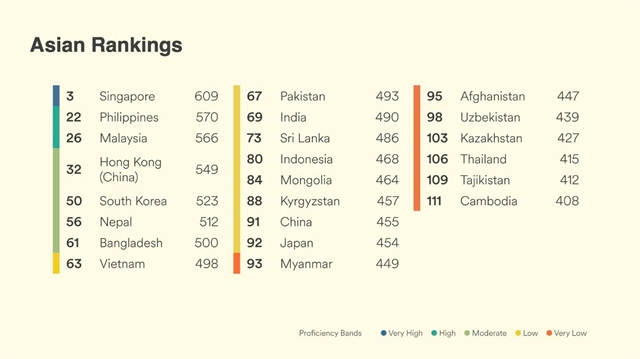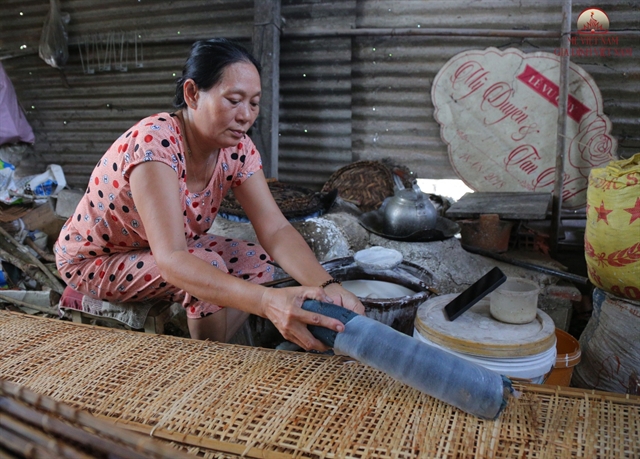 Society
Society
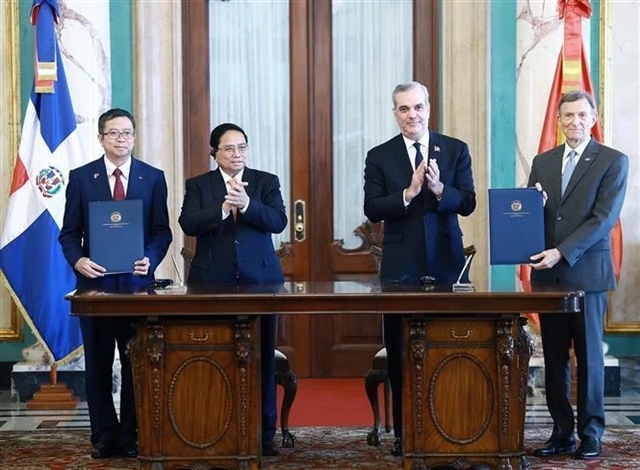
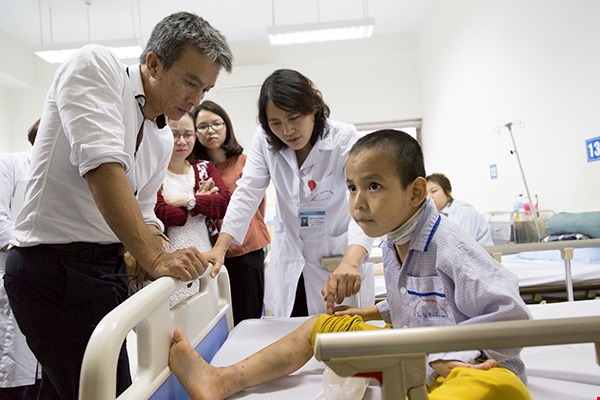
|
HÀ NỘI — The public health insurance fund paid more than half a million US dollars for treatment of just a single patient over three years.
The 35-year-old haemophilia patient from the southern province of Vĩnh Long racked up medical costs which were covered by public health insurance fund at a record rate – nearly VNĐ 13billion (US$560,000)
According to Việt Nam Social Security, the country’s health insurance fund paid more than VNĐ 4.5 billion for the patient’s treatment in HCM City’s Chợ Rẫy Hospital in 2017, another VNĐ7 billion in 2018 and nearly VNĐ 1.4 billion in the first five months of this year.
The payment marked a record amount that public health insurance fund has ever covered for an individual’s medical treatment since the early 1990s when Việt Nam’s first health insurance policies were passed.
As the patient is from a poor family he is eligible to get free health insurance, meaning that the State’s budget was spent to buy health insurance for him. Besides those from poor families, people in 19 other groups are also eligible for the incentive including children under 6 six years old, elderly over 80 years old, people from ethnic groups living in disadvantaged areas, certificated unemployed people and people who contributed to national revolutions.
Meanwhile, the Government pays 70 per cent of health insurance fees to help people from near-poor households to get insurance cards.
The yearly public health insurance fee in Việt Nam is VNĐ750,600 ($32).
Comparing the two numbers – VNĐ750,600 and VNĐ 13 billion, many people would be surprised and understand more about the meaning of health insurance participation, especially those in disadvantaged situations.
Doctor Nguyễn Thị Mai, head of Haemophilia Centre under National Institute of Haematology and Blood Transfusion said patients with haemophilia suffered the blood disorder disease for the whole of their lives and must undergo medical treatment for long periods.
She said their medical cost was about VNĐ 400,000-500,000 million on average yearly and patients at serious stages of the disease required treatment that could cost billions of Vietnamese đồng each year.
“The sum is not small at all even to non-poor people,” Mai said.
A 30-year-old male patient Hồ Huy Bảo from the central province of Hà Tĩnh said he was found to have haemophilia ten years ago and he usually had uncontrollable bleeding.
“I have undergone surgery to remove my left leg because of last month’s bleeding,” Bảo said, adding that after the surgery, the wound kept bleeding, which made him move to Bạch Mai Hospital for curettage the wound and then, back to the Haemophilia Centre.
Bảo said that his medical treatment this time could cost more than VNĐ 1billion.
“The treatment costs too much for my family to afford as we mainly do farming,” Bảo said.
“Without health insurance, I could not continue the treatment,” he said, adding that all of his medical treatment cost at the hospital was covered by health insurance.
Next to Bảo is a 12-year-old boy from Chương Mỹ District in Hà Nội’s suburban area. The boy looks healthier and more energised than other patients in the room thanks to regular treatment, his mother Đỗ Thị Thơm said.
“Whenever he bleeds, he was taken to the hospital,” Thơm said, adding that every hospital stay costs VNĐ20 million.
“We are relieved to see my son’s treatment cost covered by health insurance. He has to live with the disease for the rest of his life,” she said.
Head of the Haemophilia Centre – doctor Mai said health insurance was a lifeline for patients with life-threatening diseases like haemophilia.
“Without the health insurance cards, many of them would not be able to afford treatment costs and they might die,” Mai said.
“If public health insurance can expand its coverage to preventive and early treatment, it could help reduce burdens caused by the diseases, at least financial burden for both patients and the insurance fund,” Mai said.
According to Việt Nam Social Security, Việt Nam has 83.4 million health insurance cardholders, accounting for 88.1 per cent of its population.
By the end of this year’s first quarter, health insurance cardholders registered more than 41.7 million doctor’s visit, an increase of 1.47 million visits compared to those of the same period last year.
Health insurance fund paid nearly VNĐ 227 trillion, about VNĐ 794 billion more than that of the same period last year.
Việt Nam expects to have 95 per cent of its population join health insurance by 2025.
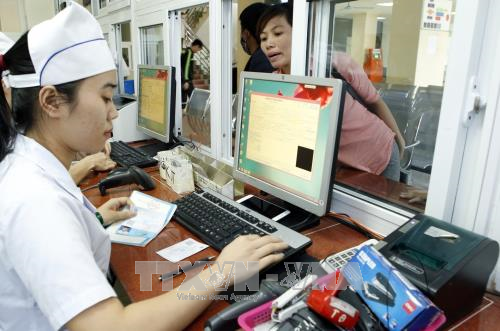
|
Last year, the Government issued a decree to add more people eligible to join health insurance as well as the spending of State’s budget and other legal funds to buy health insurance.
For examples, people from poor and near-poor households in most disadvantaged areas in the country will be given free health insurance cards.
Those from poor or near-poor households in other areas will be given 70 per cent of health insurance fees. Some localities in the country offer higher rates of assistance.
Thao said many patients and their families fell into poverty as they got diseases that required long and expensive treatment.
“Joining health insurance helped many patients avoid the poverty trap,” he said, adding that patients who received huge amounts of insurance payments are usually those suffering from blood diseases, particularly haemophilia.
However, covering high-cost treatment for certain groups of patients did not affect the benefits of other health insurance cardholders.
“This reflects the basic principle of health insurance policy – the many pay for the few,” Thao said.
Thao added that VSS was making efforts in improving assessment and health insurance payment as well as calling on healthcare institutions and health insurance cardholders to use the fund effectively.
“Ensuring the payment ability of the fund is to ensure benefits of healthcare institutions and insurance cardholders,” he said. — VNS





